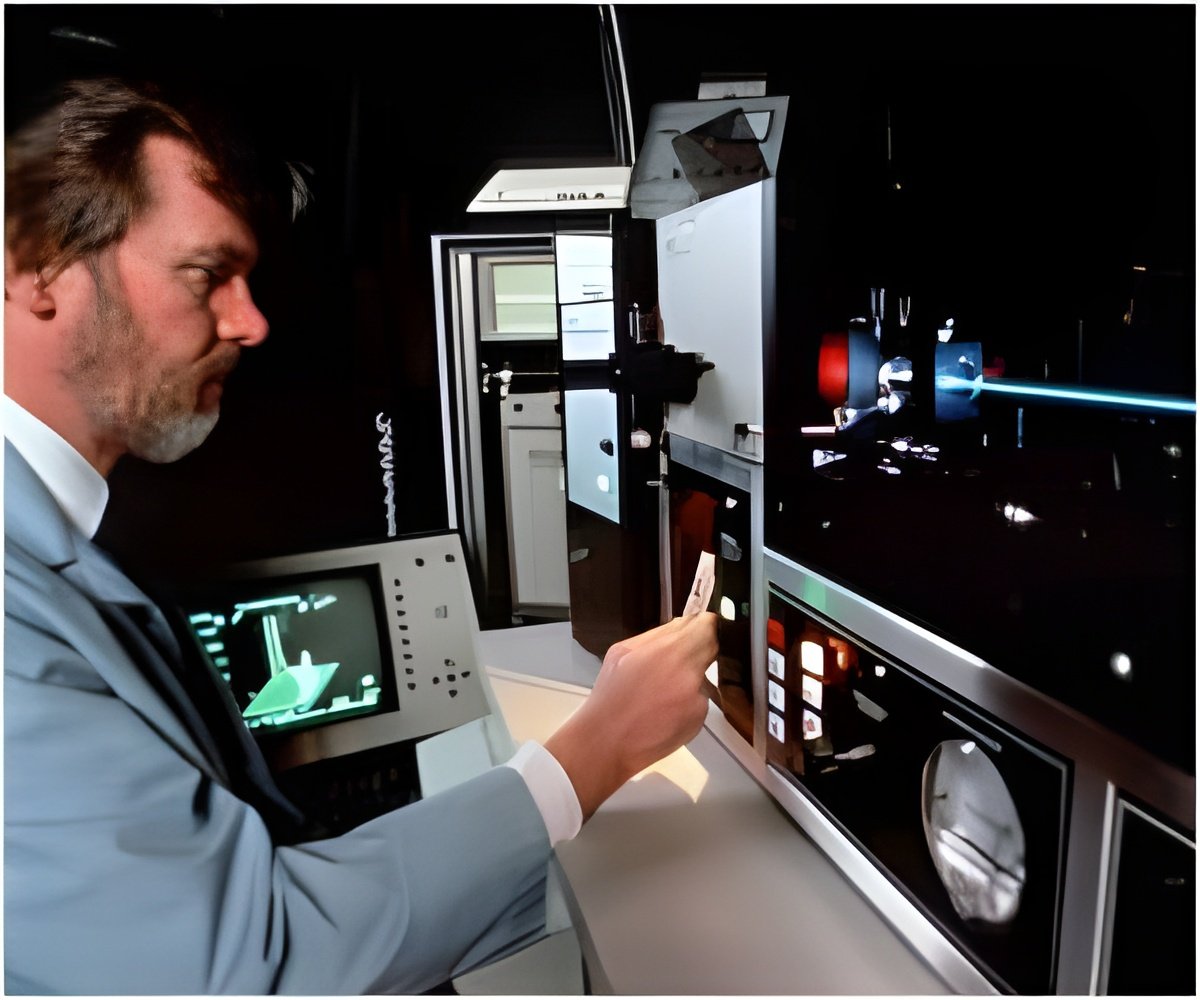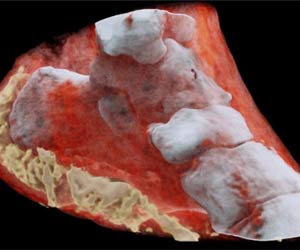In order to map the 3-D model of GPCR, an important cellular gatekeeper, researchers have now used one of the brightest X-ray sources ever

"For the first time we have a room-temperature, high-resolution structure of one of the most difficult to study but medically important families of membrane proteins," said Vadim Cherezov, a pioneer in GPCR research at The Scripps Research Institute who led the experiment. "And we have validated this new method so that it can be confidently used for solving new structures."
In the experiment, published Dec. 20 in Science, researchers examined the human serotonin receptor, which plays a role in learning, mood and sleep and is the target of drugs that combat obesity, depression and migraines. The scientists prepared crystallized samples of the receptor in a fatty gel that mimics its environment in the cell. With a newly designed injection system, they streamed the gel into the path of the LCLS X-ray pulses, which hit the crystals and produced patterns used to reconstruct a high-resolution, 3-D model of the receptor.
Source-Eurekalert
 MEDINDIA
MEDINDIA



 Email
Email






